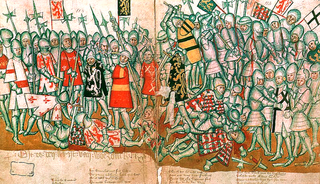
The Battle of Worringen was fought on 5 June 1288 near the town of Worringen, which is now part of Chorweiler, the northernmost borough (Stadtbezirk) of Cologne. It was the decisive battle of the War of the Limburg Succession, fought for the possession of the Duchy of Limburg between on one side the Archbishop Siegfried II of Cologne and Count Henry VI of Luxembourg, and on the other side, Duke John I of Brabant.
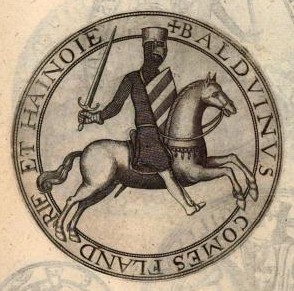
Baldwin V of Hainaut was count of Hainaut (1171–1195), margrave of Namur as Baldwin I (1189–1195) and count of Flanders as Baldwin VIII (1191–1195).

Godfrey I, called the Bearded, the Courageous, or the Great, was the Landgrave of Brabant, Count of Brussels and Leuven (Louvain) from 1095 to his death and Duke of Lower Lorraine from 1106 to 1129. He was also Margrave of Antwerp from 1106 to his death.

The House of Luxembourg or Luxembourg dynasty was a royal family of the Holy Roman Empire in the Late Middle Ages, whose members between 1308 and 1437 ruled as kings of Germany and Holy Roman emperors as well as kings of Bohemia, Hungary and Croatia. Their rule was twice interrupted by the rival House of Wittelsbach. The family takes its name from its ancestral county of Luxembourg which they continued to hold.

Henry III was the duke of Limburg and count of Arlon from 1165 to his death. He was the son and successor of Henry II and Matilda of Saffenberg.
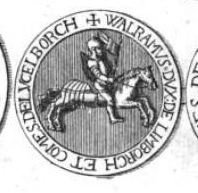
Waleran III was initially lord of Montjoie, then count of Luxembourg from 1214. He became count of Arlon and duke of Limburg on his father's death in 1221. He was the son of Henry III of Limburg and Sophia of Saarbrücken.
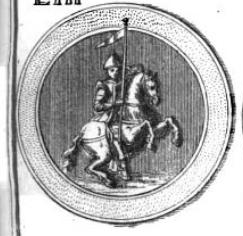
Henry the Blind, sometimes called Henry IV of Luxembourg, was his father's heir as Count of Namur from 1136 until his death, and heir of his mother's family as Count of Luxembourg from 1139 until his abdication in 1189. He also inherited the smaller lordships of Longwy, La Roche-en-Ardenne and Durbuy.

Philip I, called the Noble, was the margrave of Namur from 1195 until his death. He was the second son of Count Baldwin V of Hainault and Countess Margaret I of Flanders. His paternal grandmother was Alice of Namur.

The County of Luxembourg was a State of the Holy Roman Empire. It arose from medieval Lucilinburhuc Castle in the present-day City of Luxembourg, purchased by Siegfried, Count of the Ardennes in 963. His descendants of the Ardennes–Luxembourg dynasty began to call themselves Counts of Luxembourg from the 11th century onwards. The House of Luxembourg, a cadet branch of the Dukes of Limburg, became one of the most important political forces of the 14th century, contending with the House of Habsburg for supremacy in the Holy Roman Empire.
Gérard I of Durbuy, was the Count of Durbuy from 1247 to his death. He was the second son of Waleran III of Limburg and Ermesinda of Luxembourg.
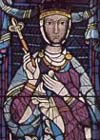
Ermesinde ruled as the countess of Luxembourg from 1197 until her death. She was the only child of Count Henry IV and his second wife Agnes of Guelders.

Theobald I was Count of Bar from 1190 until his death, and a Count of Luxemburg from 1197 until his death. He was the son of Reginald II of Bar and his wife Agnès de Champagne. He became count when his brother, Henry, was killed in the siege of Acre.
Clémence d'Aquitaine was the daughter of William VII, Duke of Aquitaine and Ermensinde de Longwy.

The War of the Limburg Succession was a conflict between 1283 and 1289 for the succession in the Duchy of Limburg.
Godfrey of Namur was a Lotharingian nobleman. He was Count jure uxoris of Porcéan from 1097 until his death. From 1102, he was also Count of Namur. He was the oldest son of Count Albert III and his wife Ida of Saxony, the heiress of Laroche.

Henry V the Blondell, called the Great, was the Count of Arlon from 1226 to his death, lord of Ligny from 1240 to his death, Count of Luxembourg and Laroche from 1247 to his death, and the Marquis of Namur between 1256 and 1264 as Henry III. He was the son and successor of Waleran III, Duke of Limburg and Ermesinde, Countess of Luxembourg.
Henry I, Count of Durbuy, son of Albert II, Count of Namur, and Regilende, daughter of Gothelo I, Count of Verdun and Duke of Lorraine.
Godefroi, Count of Durbuy, son of Henry I, Count of Durbuy.

The house of Namur is a family of the Lotharingian nobility, coming from Berenger count of Lommegau. He later became count of Namur, when the county of Lammegau was renamed to county of Namur. He married a sister of Giselbert duke of Lotharingia, from the House of Reginar.